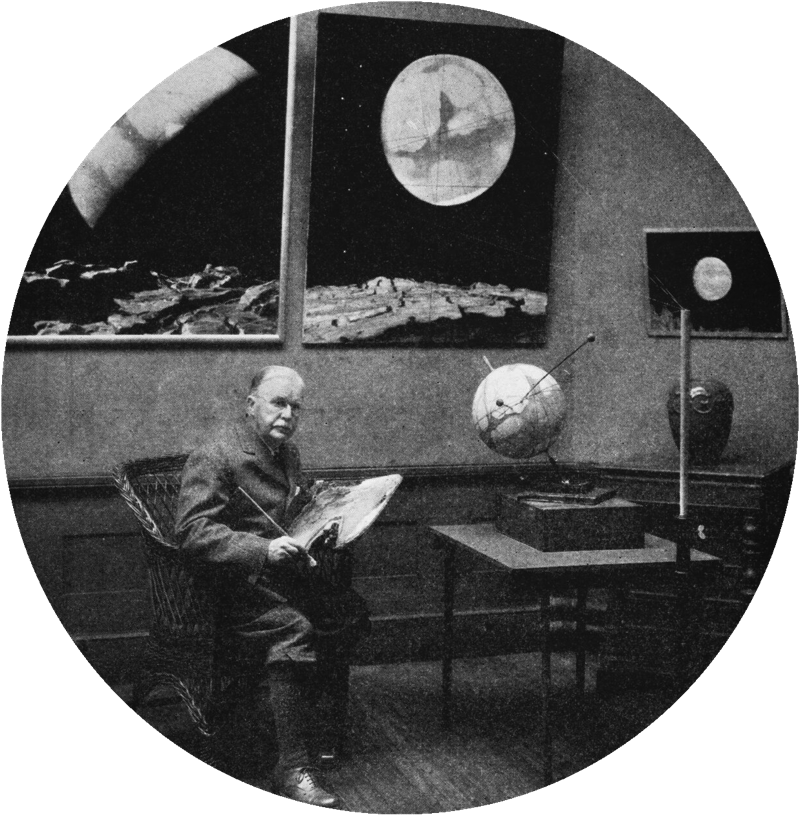
The solar eclipse has always been a source of mystery and fascination, serving at some times as a foreboding omen and at others as a key means of understanding the scientific concept of general relativity.
In 1918, Howard Russell Butler (1856–1934)—a portrait and landscape artist and graduate of Princeton University’s first school of science—painted a new kind of portrait, of a very unusual sitter: the total solar eclipse. With remarkable accuracy, he captured those rare seconds when the moon disappears into darkness—crowned by the flames of the sun, whose brilliant colors had eluded photography. “In so doing,” according to Rachael DeLue, associate professor of American art, Princeton University, “he joined the ranks of artists and other image-makers who have struggled to translate un-seeable or fleeting natural phenomena into visual form for the purposes of scientific study and the dissemination of knowledge in the public sphere.”
This online exhibition brings together experts from the sciences and art history to present the history of Butler’s unique paintings and the story of the artist who created them. It also opens up a broader historical exploration of experiments at the intersection of art and science.
Beginning and end times, durations, and the fraction of the Sun that is eclipsed will vary depending on your location. The times listed here are for viewing the eclipse from Princeton, NJ:
Eclipse begins 1:22 pm
Maximum eclipse 2:44 pm
Eclipse ends 4:01 pm
- More than 90% of Sun is Covered
- Up to 90% of Sun is Covered
- Up to 40% of Sun is Covered





